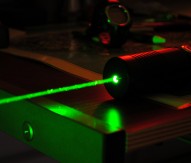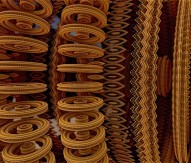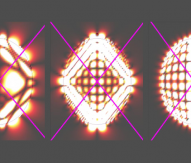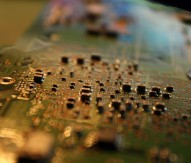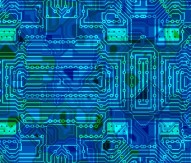
Chemical reactions in liquid studied
Chemists at the UK’s University of Bristol, in collaboration with colleagues at the Rutherford Appleton Laboratory and Heriot-Watt University, can now follow chemical reactions in liquids with unprecedented, atomically resolved detail on sub-picosecond timescales (1 picosecond = 10-12s) – matching the time intervals between molecular collisions.
Part-funded from European Research Council, the researchers combined ultrafast laser spectroscopy in the infrared spectral region and cutting-edge computer simulations to study the reaction of a fluorine (F) atom removing a deuterium (D) atom from an organic solvent molecule to make deuterium fluoride (DF).
This type of reaction has been previously studied in detail in the gas phase, without the attendant complications of the surrounding solvent molecules. Differences in the outcome of the chemical reaction in a liquid therefore reflect the influence of the solvent on the reacting atoms and molecules.
Lead authors Dr David Glowacki and Professor Andrew Orr-Ewing, of the University of Bristol, said: “This study demonstrates the power of combining computer simulations and ultrafast laser spectroscopy to understand and visualise fundamental chemical processes. We are only now beginning to unravel precisely how solvents influence chemical reactions at a molecular level. The computational and experimental methods we use have many applications for advancing our understanding of the fascinatingly complex fields of organic and biological chemistry.”
The researchers identified a series of important fundamental steps of the chemical reaction, including the flow of the energy released by the reaction into stretching of the DF bond; the formation of hydrogen bonds between the DF product and the solvent within one picosecond of reaction; the subsequent dissipation of energy into the surrounding solvent as heat; and reorientation of the solvent molecules around the DF to accommodate this polar reaction product. This whole series of chemical steps is over in about 50 picoseconds.
The study is published in the journal Science.
